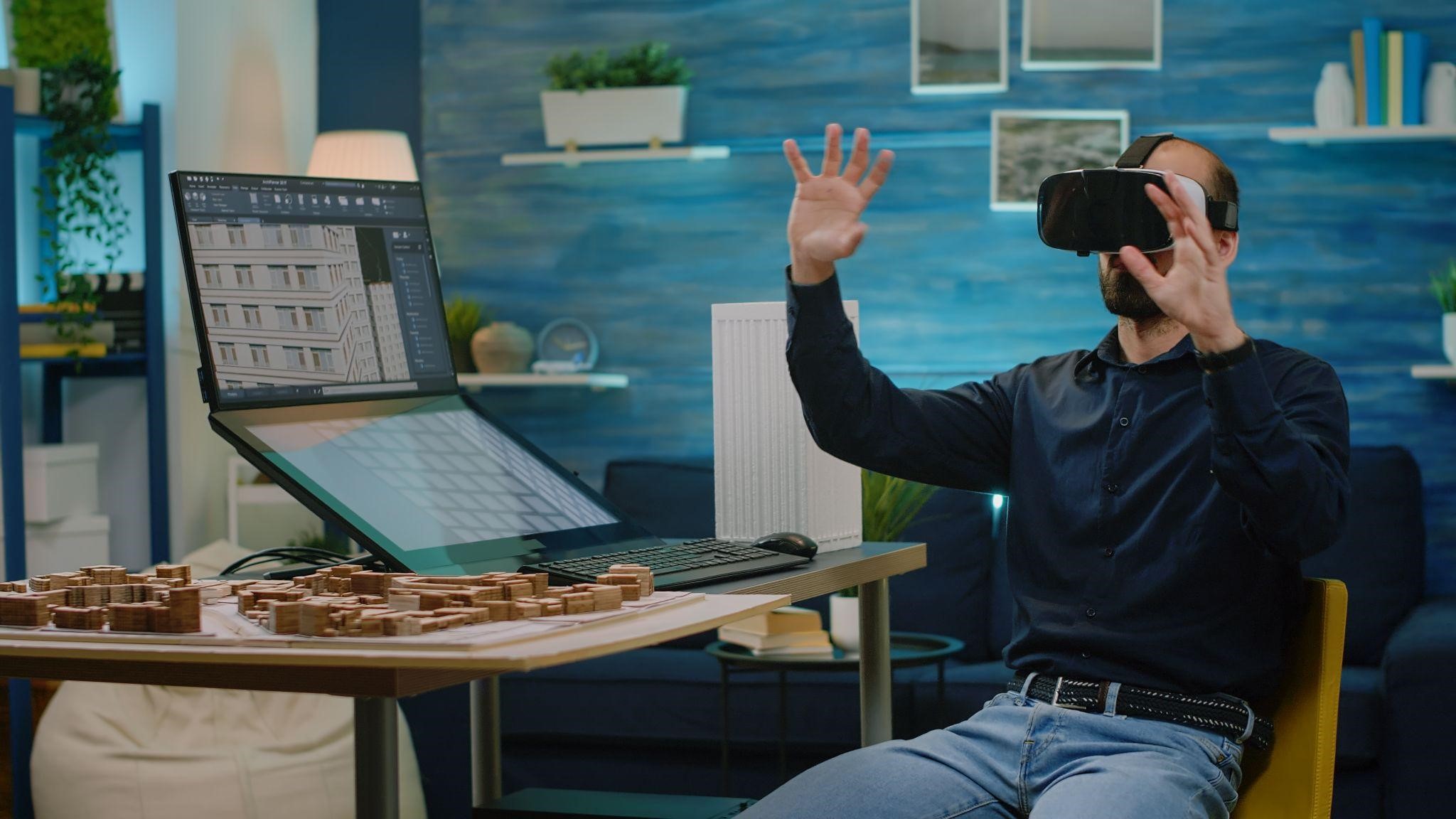The advent of Augmented Reality (AR) and Virtual Reality (VR) has revolutionized the way businesses engage with their customers, streamline operations, and train their workforce. These immersive technologies have transitioned from being novelties to powerful tools with significant potential to transform industries across the board. In this article, we will explore in detail how AR and VR are poised to shape the future of businesses.
1. Enhanced Customer Engagement
AR and VR have the power to captivate customers like never before. With AR, businesses can overlay digital content onto the real world, creating interactive and engaging experiences. For instance, AR applications in retail enable customers to virtually try on clothing, test makeup shades, or visualize furniture in their homes. VR, on the other hand, offers complete immersion, enabling businesses to create virtual showrooms, tours, and experiences that transport customers to new and exciting environments. These immersive experiences drive brand engagement, increase customer satisfaction, and ultimately lead to higher conversions and brand loyalty.
2. Virtual Product Prototyping and Design
AR and VR play a crucial role in accelerating the product development process. Businesses can use AR/VR to create virtual prototypes, allowing designers, engineers, and stakeholders to visualize and interact with products before physical prototypes are built. This streamlines the design iteration process, reduces development costs, and shortens time-to-market for new products. AR and VR technology provide a collaborative environment, where teams can work together seamlessly, regardless of their geographical locations, fostering innovation and efficiency in product development.
3. Augmented Retail and E-Commerce
AR and VR have transformed the way consumers shop. AR-powered e-commerce applications enable customers to virtually try on clothing, accessories, and even makeup products using their smartphones. This not only enhances the online shopping experience but also reduces returns, leading to cost savings for businesses. In-store augmented experiences, such as AR mirrors, interactive displays, and navigation guides, create a unique and immersive retail environment that attracts customers and differentiates brands from competitors.
4. Training and Skill Development
AR and VR are revolutionizing employee training across various industries. Immersive training simulations allow employees to practice tasks and scenarios in realistic virtual environments, providing a safe and cost-effective alternative to traditional training methods. From training employees in hazardous environments to equipping them with hands-on experience in complex procedures, AR and VR ensure that the workforce is well-prepared and competent, ultimately enhancing productivity and reducing human errors.
5. Remote Collaboration and Communication
As remote work becomes more prevalent, AR and VR provide solutions to bridge the communication gap. Virtual meeting spaces and collaborative environments allow teams to work together regardless of physical locations, fostering seamless communication and collaboration. VR-based conferences, workshops, and team meetings provide an engaging and interactive experience, replicating the benefits of in-person interactions even in remote settings.
6. Data Visualization and Analytics
AR and VR offer innovative ways to visualize complex data sets and analytics. Businesses can represent data in immersive 3D visualizations, making it easier for stakeholders to grasp patterns, trends, and insights. These interactive data representations enhance decision-making processes, leading to informed strategies and more effective business outcomes.
7. Real Estate and Architecture
AR and VR are transforming the real estate and architecture industries. Virtual property tours allow prospective buyers to explore properties without physically visiting them, saving time and effort for both buyers and sellers. Architects can use VR to create virtual walkthroughs of building designs, enabling clients to experience and provide feedback on the proposed spaces before construction begins. These applications streamline decision-making processes, reduce costs, and improve customer satisfaction in the real estate and architecture sectors.
Conclusion
Harnessing the potential of AR and VR is essential for businesses to thrive in the future. To fully realize the benefits of these transformative technologies, partnering with a reputable AR VR development company is paramount. An experienced AR/VR development company can provide the expertise, creativity, and technical know-how to tailor immersive solutions that cater to your specific business needs. By collaborating with an AR/VR development company, businesses can ensure successful implementation, seamless integration, and optimized experiences, ultimately propelling their ventures to new heights in the digital era.
